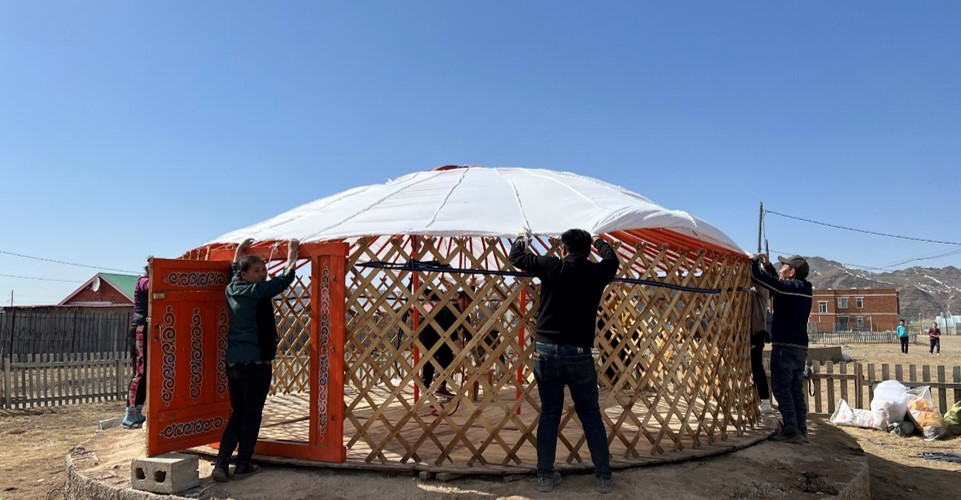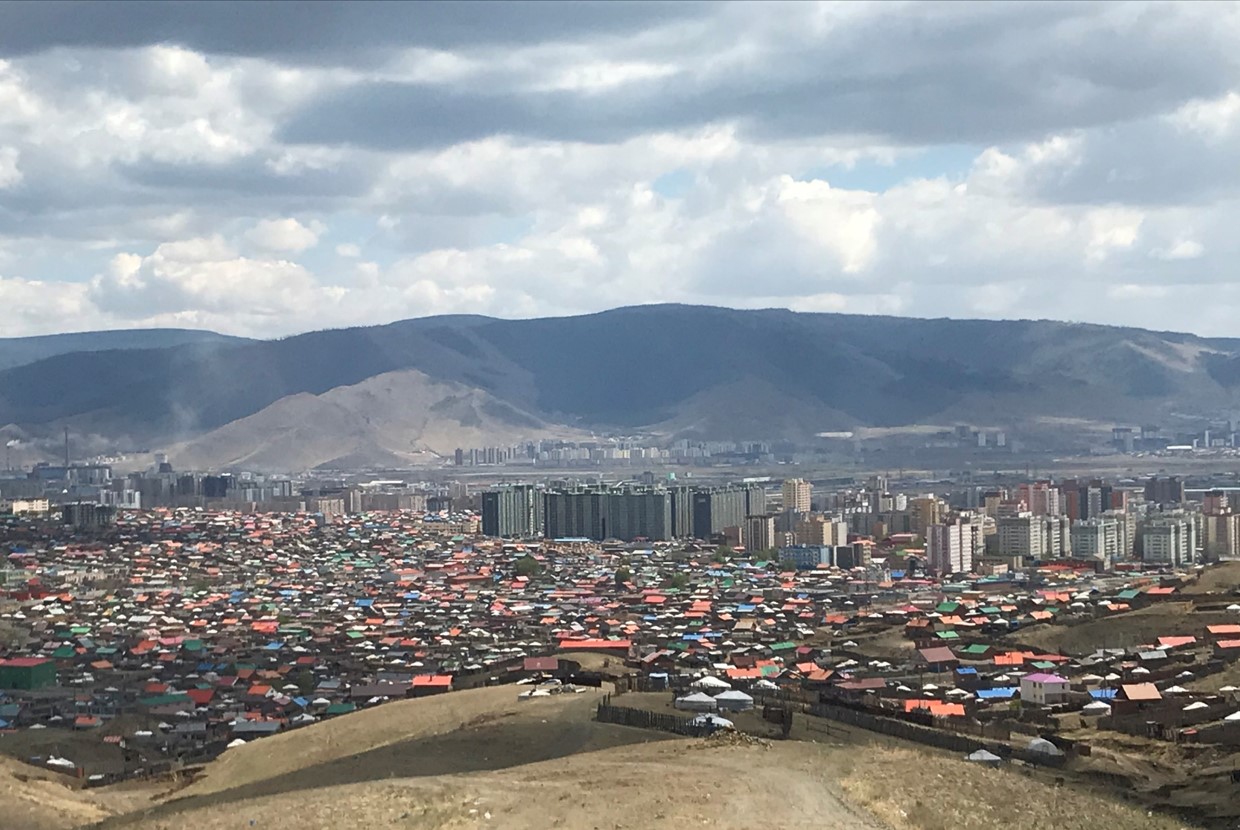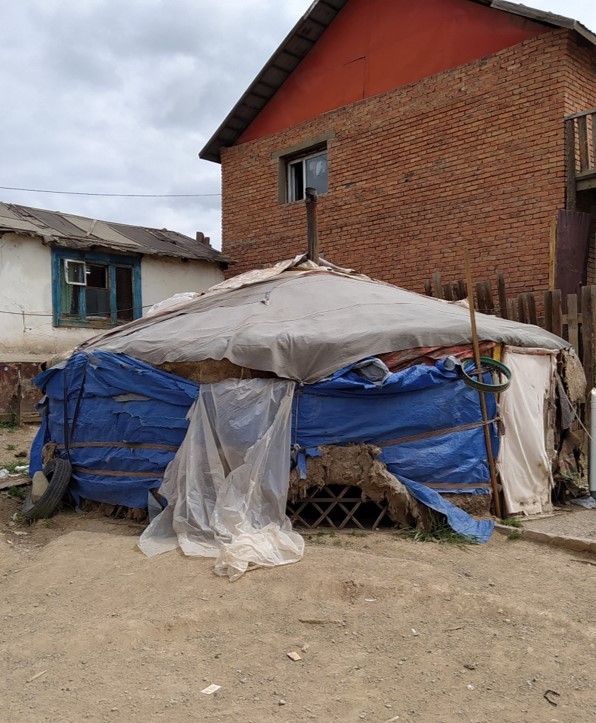From Yurts to Urban Living: Housing Needs in Mongolia

Whenever one stands on the hills surrounding Ulaanbaatar and looks down, a breathtaking panorama unfolds—the city center nestled amidst mountains, with high-rises juxtaposed against the traditional Mongolian yurts and simple houses. The stark contrast in architectural heights creates a sense of complexity and, at times, awkwardness. Modern skyscrapers reaching for the sky coexist with the iconic Mongolian yurts, symbolizing the rapid urbanization of Ulaanbaatar and the prevalent wealth disparity.
In developing countries, the rapid expansion of a few urban centers often leads to imbalanced development. While the city centers experience rapid growth, remote towns and villages face the challenge of labor force migration. Moreover, due to relatively scarce resources, these remote areas often have lower educational attainment and inadequate medical facilities with insufficient equipment and lower medical expertise. Accessing surgical procedures, for instance, may require traveling hundreds of kilometers to the capital, incurring significant time and transportation costs. The labor market in remote areas is predominantly centered around animal husbandry, offering few alternative job opportunities and exacerbating the issue of population migration.
Driven by the trend of urbanization, many families from provinces move to the capital seeking better educational opportunities, access to healthcare, and more employment prospects. Despite Mongolia's vast land area, which is approximately 43 times that of Taiwan, with a population of only 3.45 million, nearly half of the population resides in the capital, Ulaanbaatar—a city roughly the size of Taipei and New Taipei combined. This concentration of population in the capital contributes to a high population density, exacerbating the country's development imbalance.

While urban centers offer better living facilities compared to rural towns, the cost of living is considerably high. Acquiring an affordable and stable residence in the coveted areas of the city is challenging. As a result, approximately 56% of the population in the capital lives in the suburbs, occupying collective dormitories, single-story houses, or yurts. Collective dormitories, with no bathroom facilities, usually house 5 to 30 households sharing a communal toilet. They suffer from poor sound insulation, high population turnover, and lower overall safety and convenience, making them unsuitable for families with children.
In contrast, single-story houses offer a relatively secure independent space with better living conditions. However, both construction and rental costs are prohibitively high, making them unaffordable for most relocating families. Consequently, many families opt to construct yurts on hillsides or unused land, seeking a more economically viable means for a stable life.
Observing the vast expanse of yurts across the landscape prompts questions about land ownership. In Mongolia, citizens are entitled to allocate and own land, with each citizen having the right to obtain 0.07 hectares of land free of charge after paying a small administrative fee. The Land Office regularly announces the areas open for lottery, and interested individuals can apply. However, each citizen can only receive land once in their lifetime. When the desired area appears in the announcement, the anticipation among people is akin to winning the lottery, hoping to be the fortunate recipient.
Those who win the lottery can utilize the land for personal or family use. However, not all residents who move to the capital own land. In most cases, they first find unused land in the suburbs suitable for building yurts. They then inquire with the local district office about whether the land belongs to the government or an individual. If the land is privately owned, they can inquire about the possibility of leasing the land. If the land is unallocated, they must apply through the aforementioned process. As land allocation is a matter of chance, most families usually opt to rent or borrow land from relatives and friends to build their yurts, meeting their housing needs.
Yurts have had unique contexts and functions in different eras. Initially created to meet the nomadic lifestyle's "follow the water and grass" requirement, their easy assembly and disassembly made them ideal for nomadic communities. However, in recent times, due to urban development and changes in work patterns, more people have opted to settle, and yurts have gradually transformed into an alternative, albeit expensive, rental option.
Currently, the Taiwan Fund for Children and Families Mongolia (TFCF Mongolia) assists around 3,400 vulnerable families, with 51% residing in yurts. These families include those engaged in nomadic activities and others who have moved from remote areas to suburbs. Yurts have a simple structure, comprising a door, skylight, lattice frame, felt, and ropes. A five-wall yurt includes five building materials, 12 double-layer felts, and inner and outer covers. It is easy to assemble and disassemble, providing insulation. Depending on weather conditions and available manpower, constructing a yurt takes an average of four hours. When assisting families with yurt construction, groups often collaborate, seeking help from relatives, neighbors, or volunteers from the TFCF Mongolia.


A local colleague shared an insightful experience: "A single mother, taking care of four children, was staying in a friend's yurt. Just a week away from her due date, her friend suddenly took back the yurt, and there was no one else to help. Considering that living in a collective dormitory was not very safe, the TFCF Mongolia immediately provided a brand-new yurt. This not only provided shelter for the family but also lifted a heavy burden from the single mother, allowing her to await childbirth in peace."
While home is a haven for everyone, frequent relocations affect children's right to education for many assisted families. Many yurts of supported families are old and no longer suitable for habitation, but economic constraints prevent them from making replacements. Recognizing these challenges faced by supported families, TFCF Mongolia has actively addressed their housing issues. In recent years, it has continued the "Yurt Dream Project," providing yurts to families in urgent need. This year, it will offer yurts to 18 families in need. Additionally, the "Housing Support Program," it will provide some building materials to another 20 families, enabling them to renovate old and dilapidated yurts, fostering an environment where children can grow up safely.
